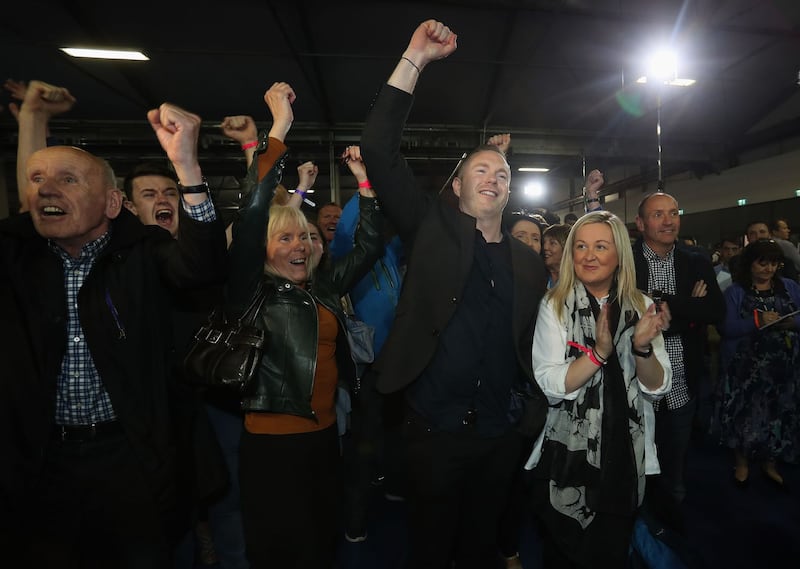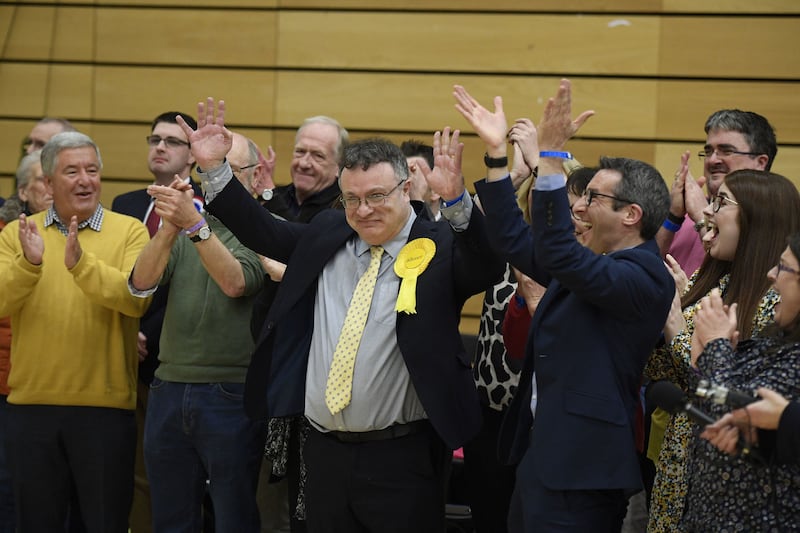One thing we know for sure this year is that it is an election year. The slight possibility of the Westminster election being held in 2025 was killed off by Rishi Sunak just before Christmas.
I know we think that Northern Ireland will play its traditional minor role in what comes next, but our local campaign is shaping up to be a rather interesting and potentially consequential one. The mix of boundary changes, potential pacts and political turbulence makes many of our key seats competitive races.
There are no less than seven key seats that will keep pundits busy during the campaign. All of the parties go into this election with something to prove
There are no less than seven key seats that will keep pundits busy during the campaign. All of the parties go into this election with something to prove.
Sinn Féin will be aiming to improve on its poor showing in 2019 with increased margins in places such as South Down, Fermanagh/South Tyrone and North Belfast. Boundary changes will help in Fermanagh/South Tyrone and North Belfast and if the current polls are right, the party enjoys front-runner status in all three seats.

The DUP also had a difficult election in 2019, but its political position has deteriorated since then. The big benefit the main party of unionism has is that in the past it managed to crowd out its two main unionist rivals in key seats. The challenge is portraying a similar position of strength that forces the UUP and TUV to do the same thing.
In addition, can the main unionist parties agree on joint candidates in North Down, Fermanagh/South Tyrone and North Belfast to give them any hope of gaining any of these seats?

Alliance also faces challenges and opportunities. If the forces of unionism combine against Stephen Farry then he will face a hard but not impossible task of holding North Down. The party also must manage to hold the solid result it achieved in 2019.
Maintaining its 17 per cent vote share will be a hard ask. However, the party is well placed to mount credible challenges in other constituencies such as East Belfast, South Belfast and Lagan Valley. To remove the narrative that the Alliance surge has peaked, it will need to either make gains or improve its vote share in these important target seats.

For the SDLP, it starts the year hoping to hold what it has. Foyle and South Belfast are the two safest seats in Northern Ireland. South Belfast has been the constituency most impacted by boundary changes, with the new areas of Mid Down favouring the DUP and Alliance. In Foyle, Sinn Féin would be hopeful of improving on its disastrous 2019 performance.
Whilst Hanna and Eastwood would be the favourites to hold their seats, you cannot completely rule out the tide going out as fast as it came in.

The UUP needs a break-out for this election. Since 2010, the party has not been a major factor in a Westminster election as pacts and declining electoral fortunes have made it a bystander outside of two constituencies.
For Doug Beattie, he needs to nail the pact issue and fast. For too long, UUP leaders have spent the lead-up to these campaigns playing cat and mouse with the DUP over the issue of pacts. If they are going to enter them, declare it early and do not pretend you’re going to run everywhere.

All of this now seems very isolated from the wider UK picture which tells us that Labour is on its way to a massive majority. However, to win a majority of just 2, it needs to gain 128 seats. To win a majority that would see through a five-year parliament, that number extends to around 145. Just to put this in context, that would be a seat gain on par with Tony Blair in 1997.
Whilst Labour is on track, the vagaries of the first-past-the-post electoral system mean that even a small shift away can dramatically alter the outcome of the next election. Northern Ireland MPs could well be back at centre stage if that happens.




